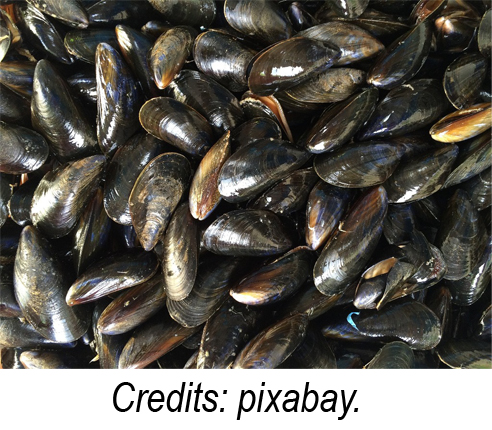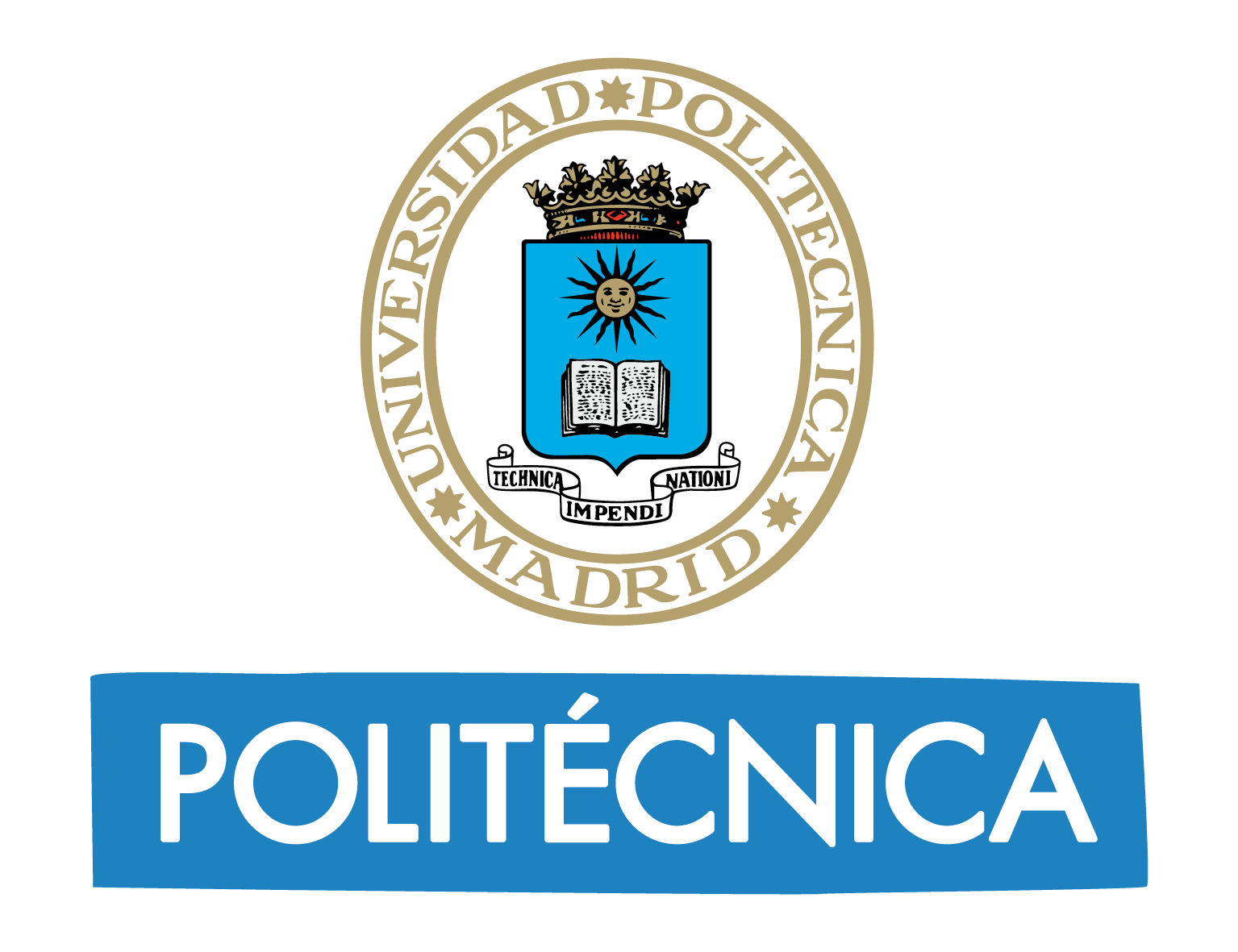Mussels can be saved from red tides
We can produce mussels that do not accumulate toxin by using genetic selection techniques. This is the conclusion of an extended research carried out by researchers from diverse institutions including Universidad Politécnica de Madrid (UPM).
A UPM researcher was involved in the Epitox Project that aimed to determine whether it was possible to produce certain strains of mussel with lower toxin or, at least, with levels below those considered harmful. This project shows how this can be carried out by replacing or complementing the wild seed with seed produced in a hatchery. This result will help solve the main problem in the mussel sector, the toxins and red tides, and to produce a better product adapted to consumers at a lower cost.
The Mediterranean mussel is one of the main species of the European aquaculture, and Galicia (NW Spain) is the main productive region with around 200,000 tons per year. The main problem of mussel production is the accumulation of toxin coming from microalgae blooms, commonly known as red tides, which have even increased in recent years determining the banning of commercialization for long periods. Given this ecological event is a natural process it is hard to find a direct and definitive solution to this problem.
In order to reduce the associated impact of these episodes, researchers started the Epitox project that includes diverse subprojects. One project was coordinated by the Center for Marine Research (CIME) with the participation of Universidad de Santiago de Compostela, Geneaqua, Instituto Gulbenkian de Ciencia, Universidad de Gerona and Universidad Politécnica de Madrid and aimed to produce, through selective breeding programs, strains of mussel with lower toxin uptake and/or better detoxification, or ultimately with a better balance between both processes.
 Miguel Ángel Toro, the UPM researcher involved in this study, explains “in order to know the possibility to develop a genetic selection program that allows us to produce a strain without toxins, we need to be aware that if we have reproductive mussels with lesser toxin, their children will also accumulate lesser toxin. This only happens if the heritability value is substantial”.
Miguel Ángel Toro, the UPM researcher involved in this study, explains “in order to know the possibility to develop a genetic selection program that allows us to produce a strain without toxins, we need to be aware that if we have reproductive mussels with lesser toxin, their children will also accumulate lesser toxin. This only happens if the heritability value is substantial”.
Thus, the UPM researcher says, “we estimated the heritability and correlations (genetic and phenotypic) for toxin concentration after a toxic episode related to the main diarrheic toxin, okadaic acid, and after a depuration period at indoor facilities. We took advantage of the experimental design to estimate the same parameters for other relevant traits for mussel production like growth-related traits and color.
Results showed that after both the accumulation and detoxification periods, the heritabilities were moderate but significant, suggesting the possibility of reducing toxin concentration through breeding programs in mussels. Growth-related traits also showed moderate heritabilities, while color showed a very high heritability, making them suitable for selection depending on producer and consumer demands.

Interestingly, growth-related traits showed negative and significant genetic and phenotypic correlations with toxin concentration, while color showed positive ones, strongly suggesting that bigger and whitish mussels may accumulate lesser toxin.
Miguel Ángel Toro, who is also a member from the Research group of Animal production at School of Agricultural, Food and Biosystems Engineering states: “the results of our study support the viability of breeding programs to face the main problems of mussel industry, but this approach will determine a change in seed production, the wild seed being replaced or complemented with hatchery-produced seed”.
Ania Pino-Querido, José María Álvarez-Castro, Jorge Guerra-Varela, Miguel Ángel Toro, Manuel Vera, Belén G. Pardo, José Fuentes, Juan Blanco, Paulino Martínez. Heritability estimation for okadaic acid algal toxin accumulation, mantle color and growth traits in Mediterranean mussel (Mytilus galloprovincialis). Aquaculture 440: 32-39. Abril 2015.


